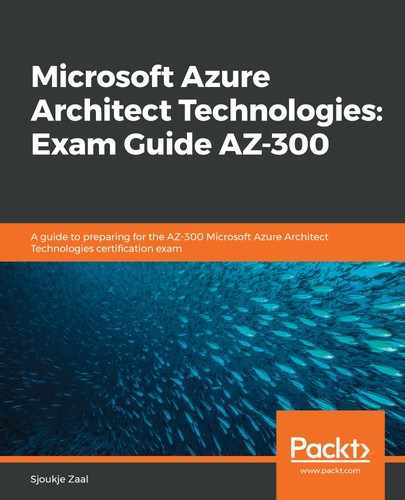In the previous chapter, we looked at Azure Web Apps for Containers, which is part of the App Service on Linux offering that makes it easy to run containerized web apps, APIs, and mobile apps inside an App Service plan.
With Azure Containers Instances (ACI), you can also run your workloads in containers. It allows you to run both Linux and Windows containers. You can deploy containers that consist of applications, databases, caches, queues, and more. Everything that runs on a VM can also run inside ACI, without the need for us to manage the infrastructure. This is all handled for you so that developers can focus on designing and building their applications. Just like Web Apps for Containers, ACI also uses Docker images to deploy the container images.
ACI is a suitable solution for any scenario that can run in isolated containers, including simple applications, build jobs, and task automation. For scenarios where you need full container orchestration, including automatic scaling, service discovery across multiple containers, and coordinated application upgrades, Azure Kubernetes Services (AKS) is recommended.
In the next section, we are going to implement an application that runs on an ACI. Then, we will create a container image using a Dockerfile and publish the image to the Azure Container Registry.
